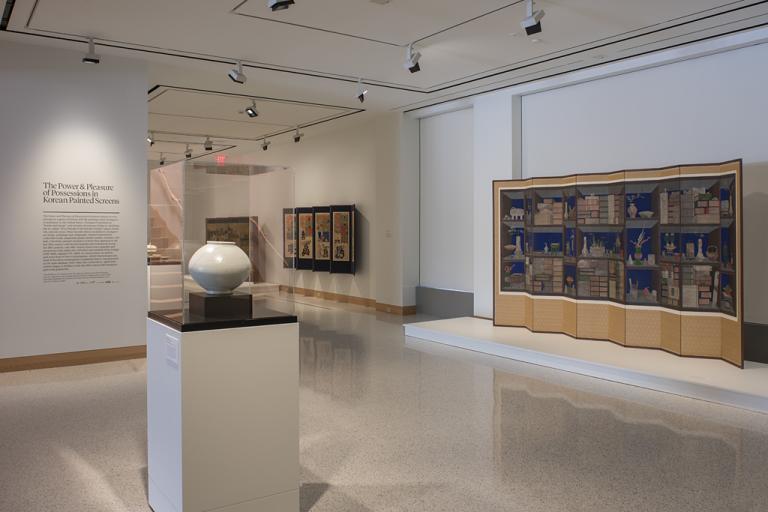gourd-shaped teapot, unknown maker from China
Artwork Overview
gourd-shaped teapot
, 1800s, Qing dynasty (1644–1911)
Where object was made: China
Material/technique: bronze; yixing 宜興 stoneware
Dimensions:
Object Height/Width/Depth (Height x Width x Depth): 15 x 16 x 9.5 cm
Object Height/Width/Depth (Height x Width x Depth): 5 7/8 x 6 5/16 x 3 3/4 in
Object Height/Width/Depth (Height x Width x Depth): 15 x 16 x 9.5 cm
Object Height/Width/Depth (Height x Width x Depth): 5 7/8 x 6 5/16 x 3 3/4 in
Credit line: William Bridges Thayer Memorial
Accession number: 1928.1559.a,b
On display: Stewart Gallery
If you wish to reproduce this image, please submit an image request





